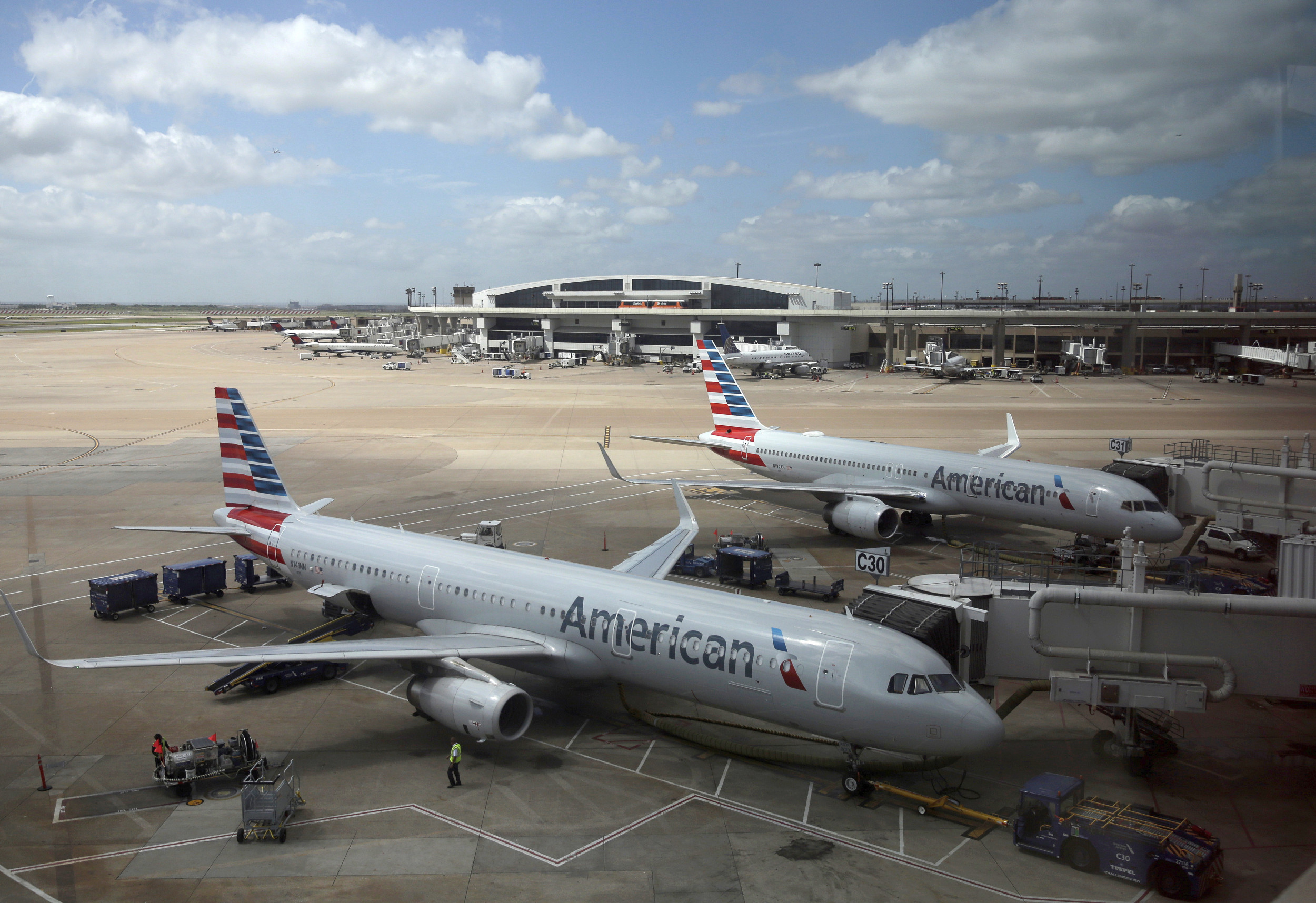Lake Mead's water levels are 17 feet higher than they were when the reservoir battled critically low levels in the fall of 2022, fueling hope that the incoming water year will further help the reservoir.
After years of drought, Lake Mead, which is in Nevada and Arizona, plunged to critically low levels in the summer of 2022. Above-average precipitation and snowmelt that winter helped remedy the levels, which continued to improve throughout 2023. Now, roughly two years later, Lake Mead looks to be in a better position for the new water year, which began October 1.
On Tuesday, Lake Mead's water levels were at 1,063 feet, roughly 17 feet higher than this time in 2022 and 3 feet lower than this time in 2023. The lake's levels have remained mostly steady since late June, after the lake experienced a steady decline that brought its levels down from a high point of 1,076 feet in March.

By comparison, Lake Mead's water levels began dropping in March 2022 and continued to plunge until they reached a low of 1,040 feet in late July. The lake slowly improved that winter before experiencing a steep increase in water levels from late April 2023 through early September of that year.
Colby Pellegrino, the deputy general manager for the Southern Nevada Water Authority, told Newsweek that the biggest changes to Lake Mead's water levels are caused by Lake Powell water releases upstream. Lake Powell is greatly affected by the annual weather, Pellegrino said, which in turn affects Lake Mead.
Going into the new water year, Pellegrino feels hopeful about Lake Mead and the Colorado River.
"I think holistically the river, and in particular the lower basin, is in a much more secure position than we were in 2022," Pellegrino said. She added that she expects the coming water year to be a "pretty good year" for Lake Mead.
Newsweek reached out to the U.S. Bureau of Reclamation, which manages Lake Mead and Lake Powell, by email for comment.
Based on past data, Lake Mead water levels typically begin improving at the beginning of the water year, which runs through September 30. Levels generally continue improving through the early spring, when snowmelt concludes, and then begin to fall as water use picks up and dry weather returns during the summer months.
Last January, Lake Mead's water levels improved at a rate not seen since 2019, but the lake still has a long way to go before it's recovered completely, as full pool is measured at 1,229 feet.
A bout of dry weather in the Las Vegas region may have contributed to the reservoir's struggles this summer.
"Today marks the 100th consecutive day with no measurable rainfall in Las Vegas," the National Weather Service (NWS) office in Las Vegas posted on X (formerly Twitter) on Monday. "Our next shot at rain looks to be early next week, but current odds are only ~10%."
Newsweek reached out to NWS Las Vegas by phone for comment.
A La Niña climate pattern is expected to emerge this winter, which also could affect Lake Mead's water levels. A typical La Niña weather pattern causes dry, warmer weather in the South, with wet weather in the Pacific Northwest and cooler weather in the Northern U.S., the Weather Channel says.




















 English (US) ·
English (US) ·